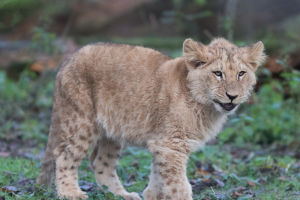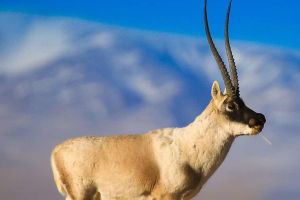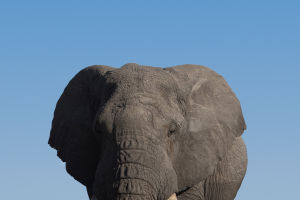Antlers, the iconic feature of male deer, serves as a symbol of their courtship and are also utilized as a weapon in both intra-species competition and inter-species defense.
With approximately 40 deer species across the globe, most of which have antlered males, it is important to note that reindeer are the only species with antlers present in both males and females, and roe deer are antlerless.
One of the fascinating secrets of biology lies in the ability of antlers to regenerate.
Annually, antlers are shed and then regrown, with the entire shedding process taking a mere 2-3 weeks to complete.
During the regeneration phase, which occurs in the summer, the antlers fall off between January and April as the mature mating season ends.
As such, male deer can be antlerless during this time as the antlers are only necessary during the early months to attract female mates, impress them, and fight with competitors to win their affection.
Antlers, unlike cow antlers, are made up of robust bone tissue.
During the antler growth phase, the antlers are covered by a delicate velvet-like fleece loaded with blood vessels that provide the antlers with vitamins and minerals required for proper antler growth.
After 2-4 months of growth, this velvet becomes worthless, and a ring forms inside that functions as a bolus valve, producing the antler's base and cutting off the velvet's blood supply.
The velvet eventually dries up and fades as the deer rubs its horns against the bark, signifying the end of the antler regeneration cycle. A fresh shedding cycle will begin in the fall, following the mating season.
Typically, only male deer have horns, with reindeer being the only deer species that have horns in both males and females.
However, female reindeer have much smaller horns in comparison to males.
In May 2013, at the Swan Lake Deer Park in Yunnan Safari Park, a female merganser sprouted antlers of about 3 cm, which was a significant blow to the king of the deer park.
Unable to contend with the competition, the park had no choice but to move her to the herbivorous second zone, where she once again staged a picture of a female deer fighting for the king.
The reason why female animals sometimes grow antlers and appear to have male characteristics is due to the organism's physiological and psychological environment.
When animals are exposed to a certain environment for a prolonged period, it can cause physical lesions and psychological stress, resulting in endocrine disorders.
These disorders may lead to the production of more male hormones than female hormones, resulting in some male characteristics or behaviors.
However, this phenomenon is not uncommon in the animal world, and with proper guidance and physical conditioning, animals can soon return to their normal state.
The regeneration of antlers is a fascinating secret of biology that occurs annually.
While only male deer typically possess antlers, there are exceptions in some species, such as reindeer.
The appearance of female animals growing antlers or exhibiting male characteristics is normal, as it can result from the organism's environment and is usually temporary.


